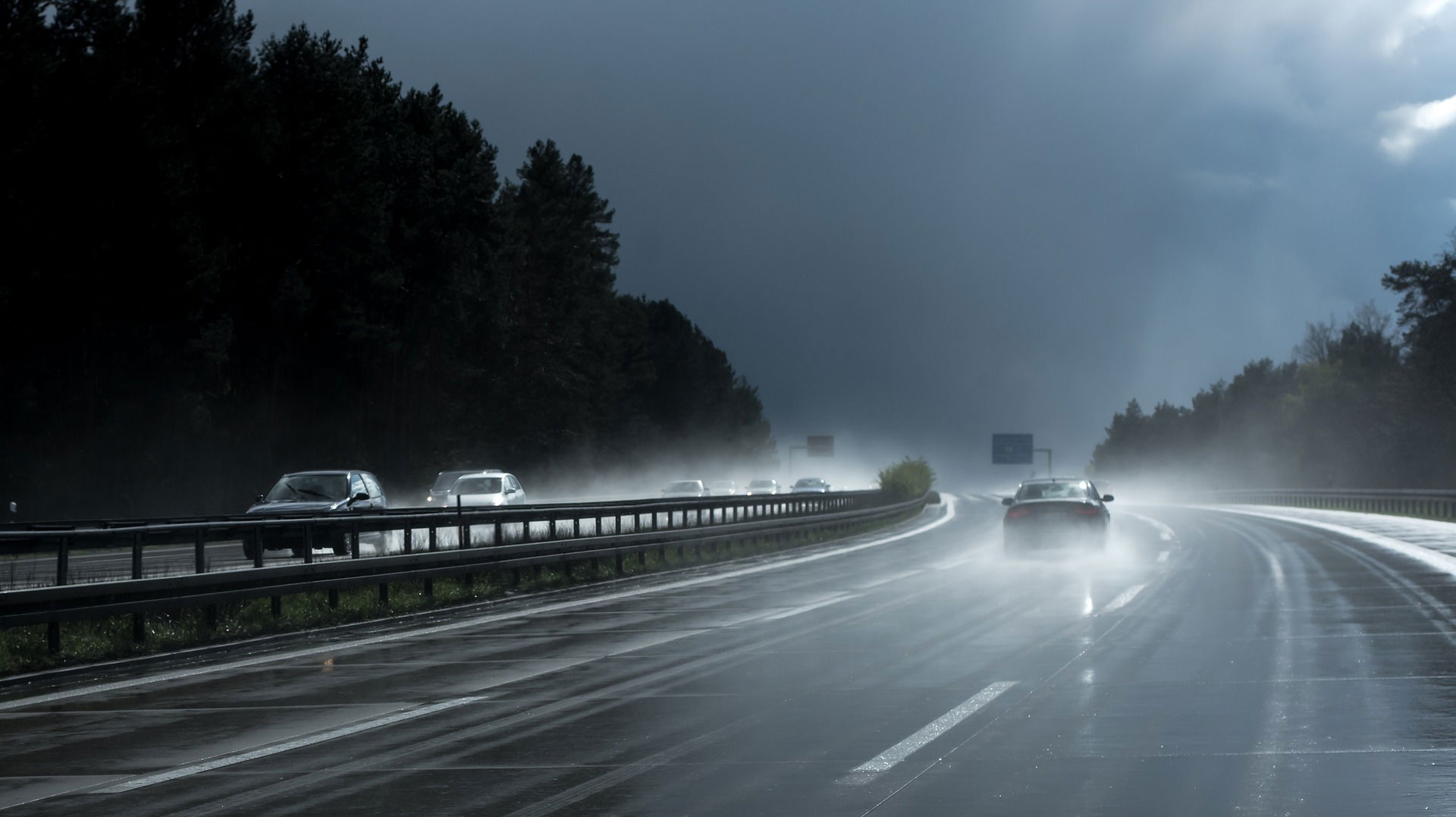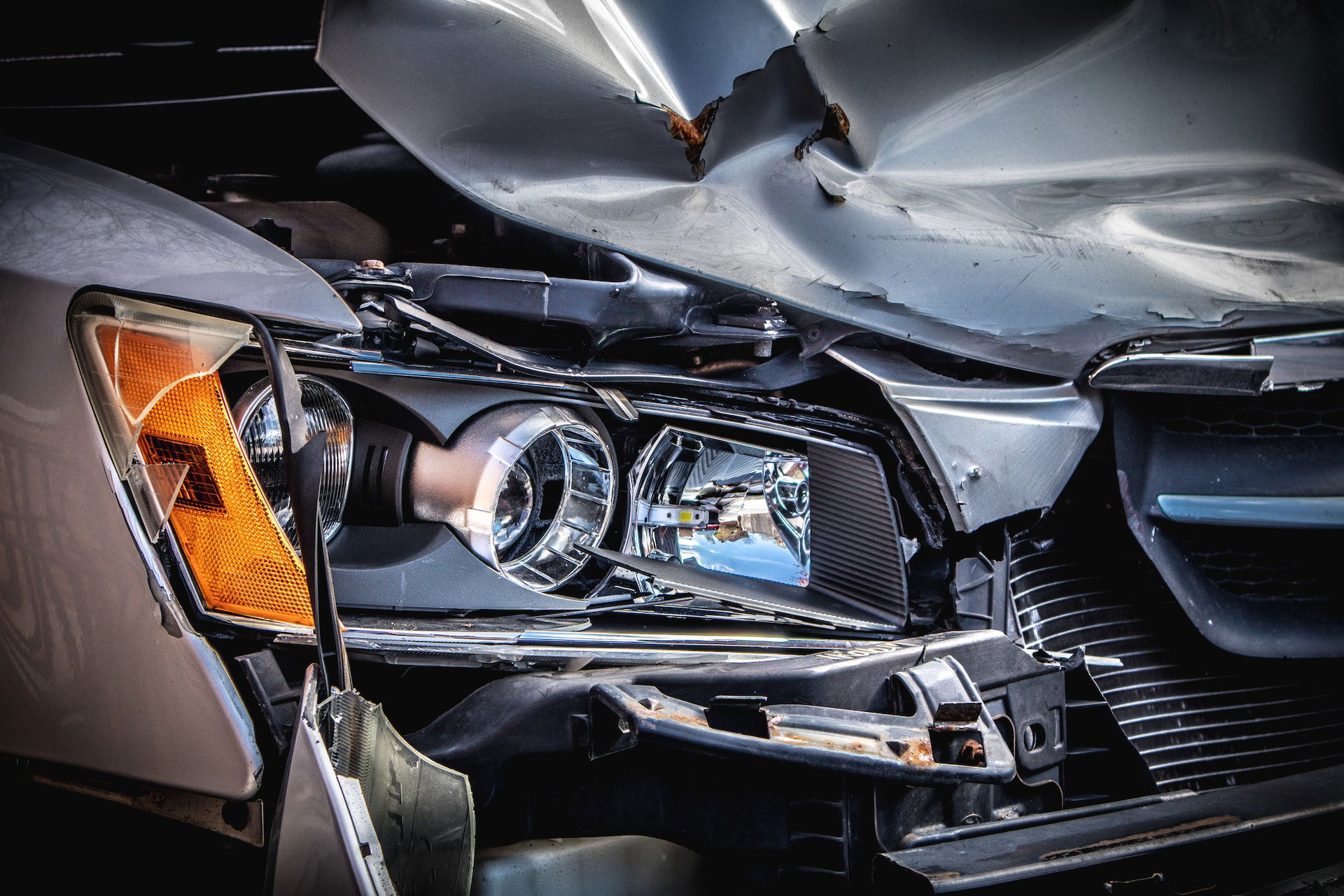Tips For Avoiding Hydroplaning
There is nothing worse than suddenly losing control of your vehicle. Hydroplaning is frightening and common. Hydroplaning, also called aquaplaning, is when vehicle tires try to deal with more water than they can. The pressure the water exerts on the wheels pushes the water under the tires, separating the tire from the road, causing you to lose traction. It is not just traction that you lose; you also lose the ability to brake and steer.
Hydroplaning is dangerous and frightening. Below are some tips to help you avoid hydroplaning.
Avoiding Hydroplaning
There are several things you can do to avoid hydroplaning, and they include:
- Do not drive with cruise control turned on.
- Make sure your tires are properly inflated according to the manufacturer's specifications.
- Check the treads on your tires.
- Rotate your tires and replace them when they begin to wear out.
- Choose high-quality tires designed to prevent hydroplaning.
- Try to drive in the tire tracks of other cars in front of you.
- Do not hard brake.
- Do not make quick or sharp turns.
- Drive in a lower gear if possible.
- Do not drive in the outer lanes, as water accumulates there.
- Avoid standing water and puddles if possible.
- Slow down on wet roads.
How to handle a hydroplaning incident
One of the first things to remember is to try and stay calm. Hydroplaning typically does not last for a long time. Do not hit the brakes, and do not oversteer. Instead, only make minor corrections and steer in the direction your car is hydroplaning. It helps your tires realign with the direction the vehicle is traveling and enables you to get steering control back. Take your foot off the gas very gently. This moves the weight to the front of the vehicle and lets you regain control.
If you are involved in an accident resulting from hydroplaning, reach out and connect with the attorneys at MP2 Placidi & Parini. We stand ready to help you navigate the legal process and obtain the equitable compensation you need.




